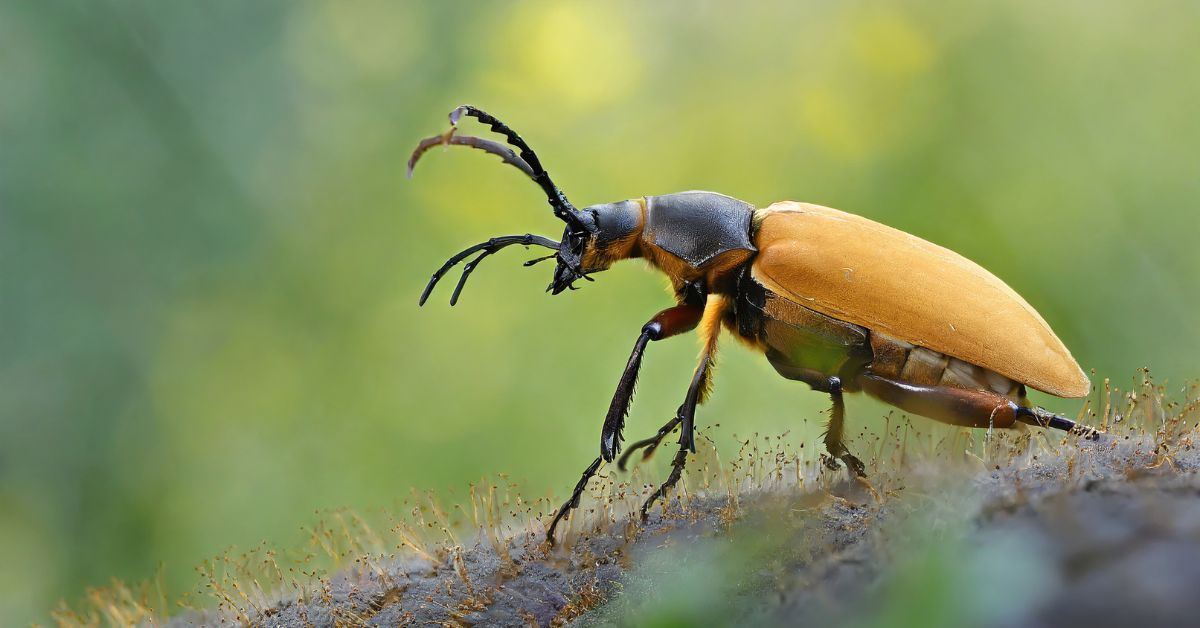The insect world is a vast and diverse realm, teeming with creatures that captivate the imagination and contribute significantly to ecological balance. Among these, the Elateridae family, commonly known as click beetles, stands out for its unique characteristics and intriguing behaviors. Click beetles are part of the Coleoptera order, and their ability to produce a distinctive clicking sound has earned them their common name. In this exploration, we will delve into the captivating world of click beetles, exploring their taxonomy, morphology, life cycle, and the fascinating mechanisms behind their signature clicking behavior.
Taxonomy of Click Beetles
The Elateridae family comprises a large and diverse group of beetles, with over 9,000 known species worldwide. These beetles are distributed across various habitats, ranging from forests and grasslands to agricultural landscapes. Click beetles belong to the order Coleoptera, which is the largest order in the animal kingdom, encompassing over 400,000 species.
The classification of click beetles is organized into several subfamilies, each characterized by distinct features and behaviors. Notable subfamilies include the Agrypninae, Campyloxeninae, and Dendrometrinae, among others. The diversity within the Elateridae family reflects their ability to adapt to different environments, making them a fascinating subject of study for entomologists and researchers.
Morphology of Click Beetles
Click beetles exhibit a range of morphological adaptations that contribute to their survival and success in diverse habitats. Their body structure is generally elongated, flattened, and often adorned with various patterns and colors. The most distinctive feature is their pronotum, a plate-like structure that covers the thorax and conceals the head.
One of the most remarkable characteristics of click beetles is their unique hinge mechanism that allows them to produce the characteristic clicking sound. The thorax and abdomen of click beetles are connected by a flexible joint, and when the beetle is threatened or overturned, it can arch its body and release the tension in the joint. This rapid release generates a clicking sound, propelling the beetle into the air and helping it escape from predators.
Life Cycle of Click Beetles
The life cycle of click beetles undergoes complete metamorphosis, consisting of four distinct stages: egg, larva, pupa, and adult. Female click beetles typically lay their eggs in the soil, and upon hatching, the larvae, known as wireworms, emerge. Wireworms are elongated, cylindrical larvae with a hard exoskeleton, and they play a crucial role in soil ecosystems by feeding on decaying organic matter, fungi, and plant roots.
The larval stage of click beetles can last for several years, depending on environmental conditions and species. During this period, wireworms undergo a series of molts, shedding their exoskeletons to accommodate their growing bodies. The larvae are equipped with strong mandibles that aid in burrowing through the soil in search of food.
As the larvae mature, they enter the pupal stage, during which they undergo a transformation into adult beetles. The pupa is generally found within a protective cocoon in the soil. Once the transformation is complete, the adult click beetle emerges from the pupal case, ready to explore its surroundings and engage in the reproductive process.
Click Mechanism: A Closer Look
The clicking mechanism of click beetles is a marvel of natural engineering, designed for both defense and mobility. When threatened or placed on their backs, click beetles activate their click mechanism to right themselves and escape potential predators. The process involves the interaction of several specialized body parts, including the prosternum, mesosternum, and metaventrite.
The prosternum, which covers the front part of the thorax, has a small spine that engages with a corresponding groove on the mesosternum, creating tension in the hinge. The metaventrite, located on the underside of the beetle, acts as a latch to hold the tension in place. When the beetle needs to click, it arches its body, releasing the latch and allowing the tension to snap the prosternum against the mesosternum, producing the distinctive clicking sound.
The clicking sound serves a dual purpose. Firstly, it startles or repels potential predators, giving the click beetle a chance to escape. Secondly, the rapid movement propels the beetle into the air, helping it land on its feet. This ingenious mechanism has evolved as a survival strategy, allowing click beetles to navigate their environments with remarkable agility.
Ecological Importance
Click beetles play a significant role in various ecosystems, contributing to nutrient cycling and pest control. The larvae, or wireworms, are voracious consumers of decaying plant matter and underground pests such as insect larvae and pupae. Their burrowing activities enhance soil aeration and contribute to the breakdown of organic material, facilitating nutrient release.
In agricultural settings, some click beetle species are considered beneficial, as their larvae help control populations of agricultural pests. Farmers often appreciate the natural pest control services provided by click beetles, reducing the need for chemical interventions.
Conclusion
The world of click beetles, with its vast diversity, intricate adaptations, and unique clicking mechanism, is a testament to the wonders of the insect kingdom. From their taxonomy and morphology to their life cycle and ecological contributions, click beetles offer a rich tapestry of natural history for enthusiasts and researchers alike. As we continue to explore the intricacies of these fascinating creatures, we gain valuable insights into the complexities of the natural world and the delicate balance that sustains life on Earth.
